Coffee bean grind degree 5 grades hand brew coffee ice drop cold extract coffee espresso how much is it?
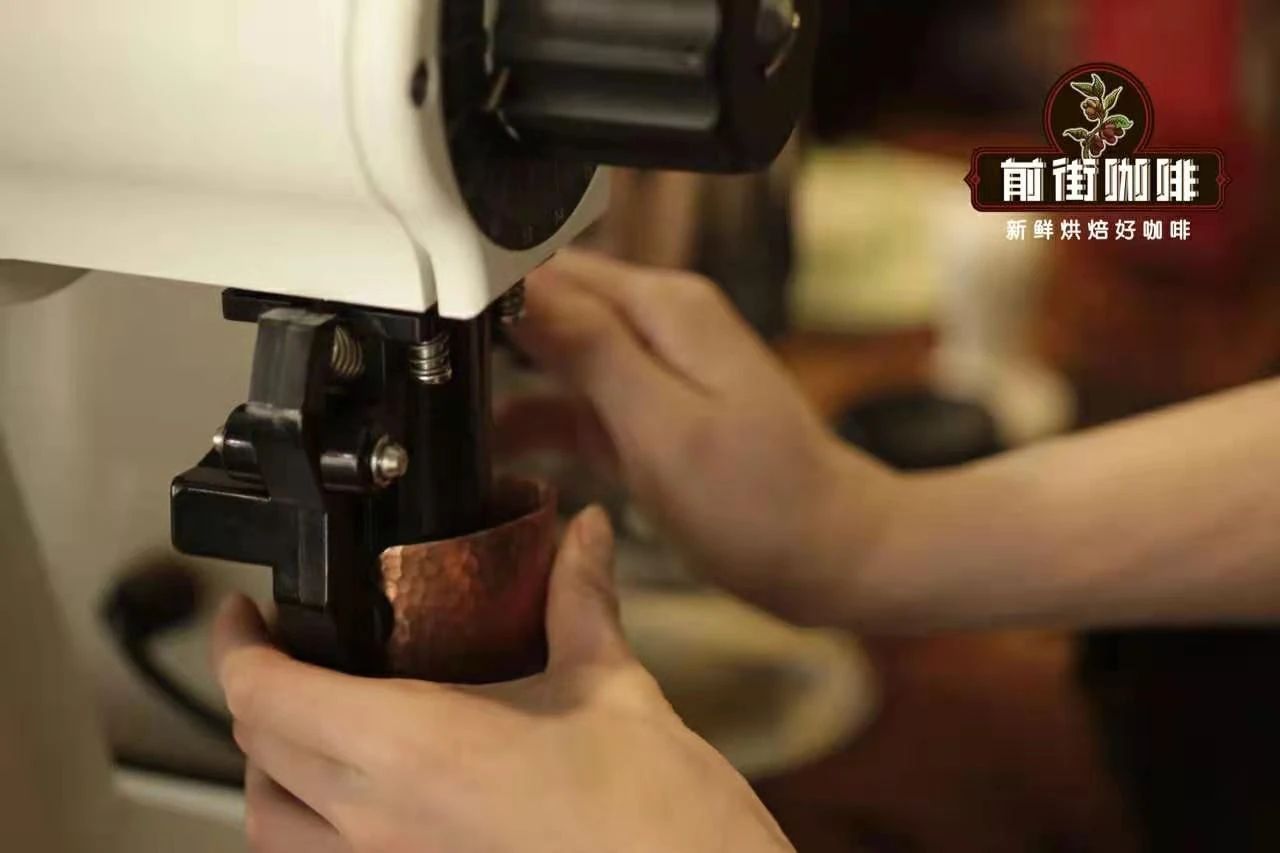
Professional coffee knowledge exchange more coffee bean information please follow the coffee workshop (Wechat official account cafe_style)
No matter what kind of utensils are used to brew coffee, it is necessary to grind the coffee beans, which means that the flavor substances of coffee can be dissolved quickly. Of course, not all soluble substances in coffee are delicious, so it is very important to maximize the extraction of delicious flavor substances and avoid bad flavor substances precipitation, so it is very important to determine the size of coffee particles.
Different coffee utensils require different fineness of coffee grinding.
Different coffee utensils have different grinding degrees because of their different extraction methods. Take the hand-brewed coffee, French presser, Italian coffee maker and cold ice drops that we most often come into contact with as an example. The degree of grinding of the coffee from coarse to fine is in the following order: French presser > hand coffee > cold extraction ice drop > Italian coffee machine.
Although we know which types of extraction methods are rougher and which types of extraction methods need to be finer. But it is impossible to determine the exact value, that is, how thick it is, how fine it is, and what this "bigger" is compared to.
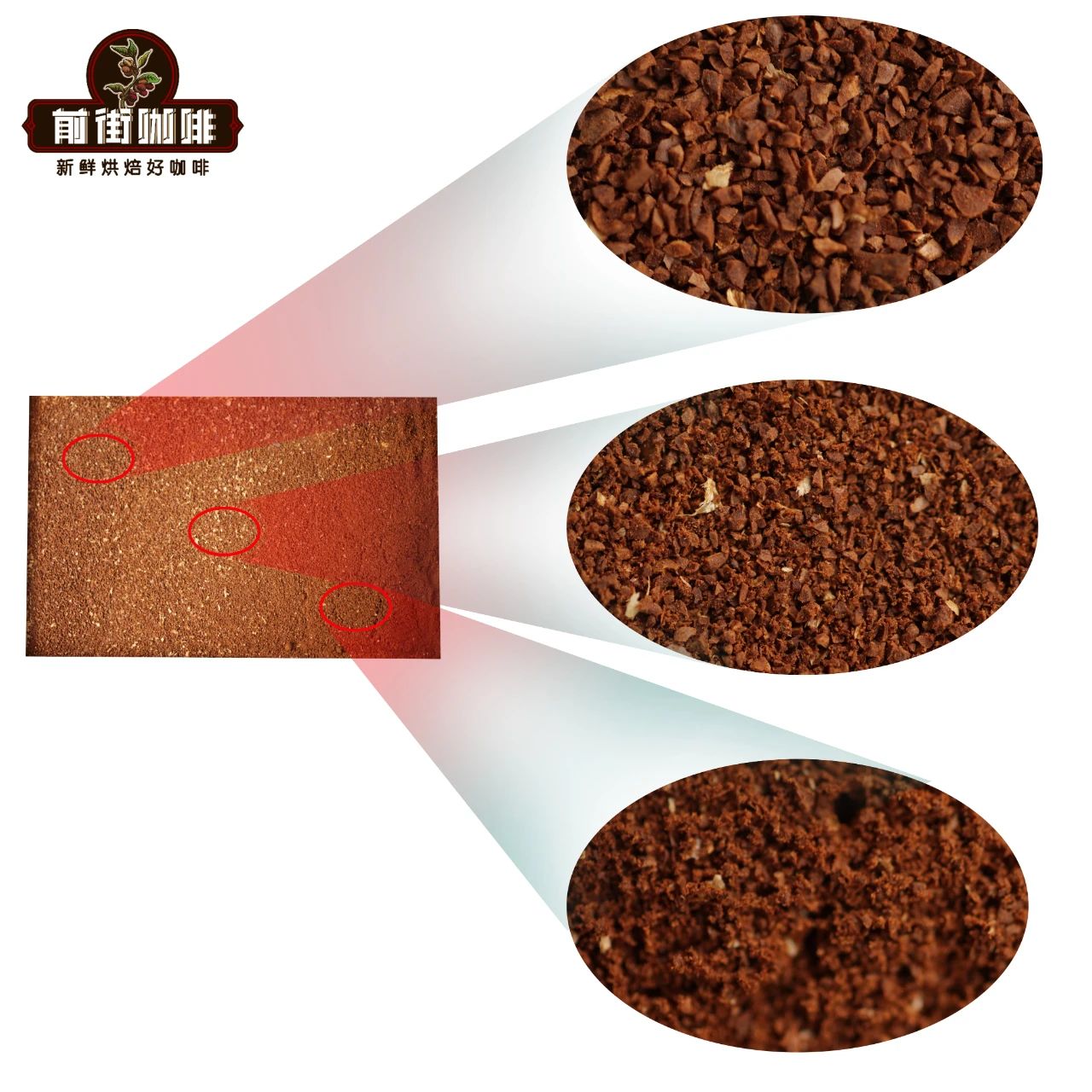
Reliable reference standard
Although each coffee brewing standard shows its own talent, there is one standard recognized by the coffee industry, and that is the cup test! The original purpose of the cup test is to test the quality of raw coffee beans, then this method of course has a desirable way of extraction. The coffee grindability measured by the cup is 70-75% of the pass rate of the No. 20 sieve.
Popular science: the aperture of No. 20 Chinese standard screen is 0.85mm. It is a tool for particle size classification and particle size testing. As long as the standard screen meets the factory standard, it is accurate. Coffee grinding calibration is also very simple, as long as the ground coffee powder is poured into the sieve, covered, shaken horizontally until no particles have fallen, and then weigh the particles passing through the sieve, so that you can know the thickness of the grinding. for example, if you grind 20g coffee powder and pass 15.2 g, then the grindness is 76% of sieve 20. The higher the passing rate, the finer the degree of grinding of the coffee. ]
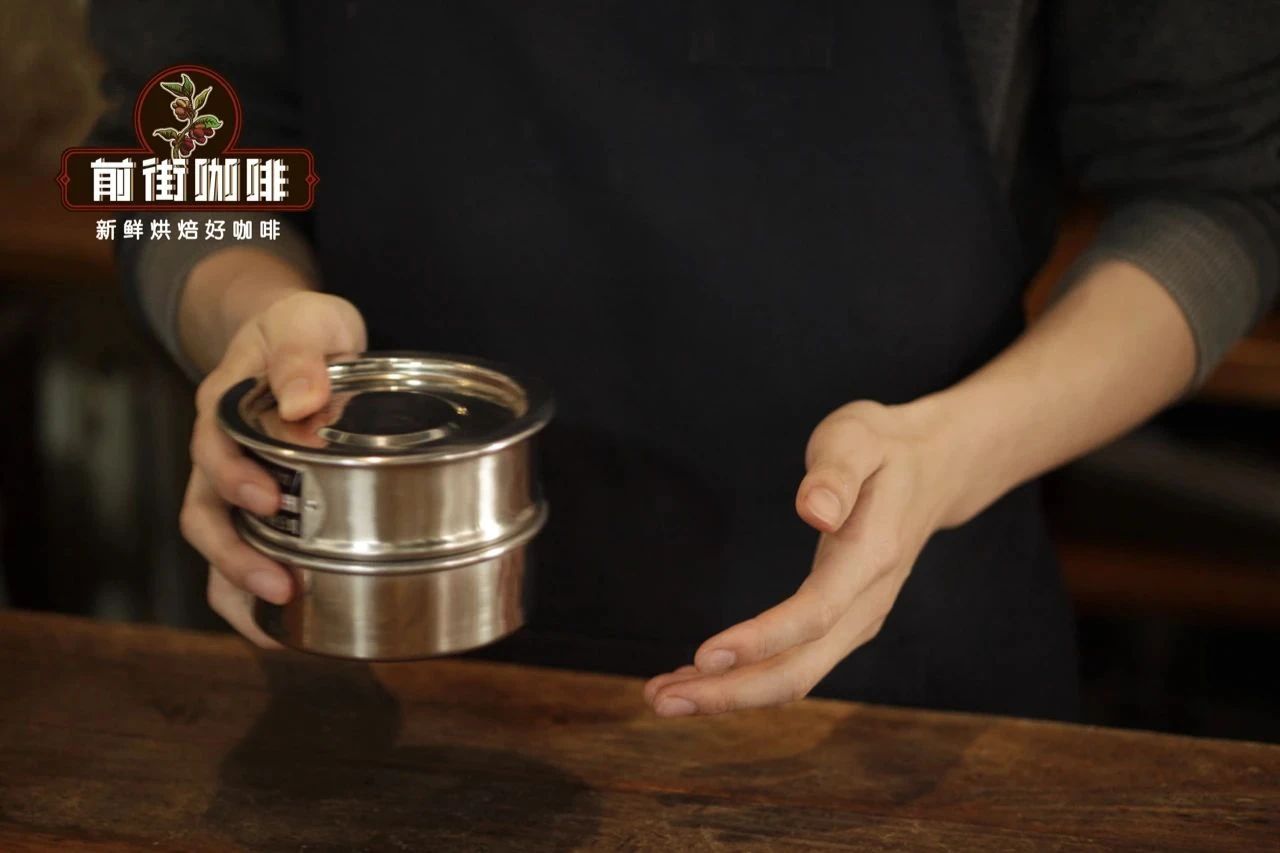
Since the cup test can be calibrated by the standard screen to determine the degree of grinding, the degree of grinding corresponding to the coffee brewing utensils we usually use can also be clearly listed with data.
French pressure kettle (pass rate of No. 20 screen 68-75%)
The extraction method of the pressure kettle is very similar to that of the cup test, mainly by soaking, so the degree of grinding selected coincides with the height measured by the cup, and there is another reason for choosing the thicker grinding particles, that is, the metal filter is used in the pressure filtration. the gap is visible to the naked eye, and thicker is also chosen for better filtration. The grinding thickness of coffee beans with different roasting degrees is also different, medium and shallow roasted coffee beans can choose finer grinding (pass rate 72-75%), and medium-deep roasted coffee beans can be ground thicker (pass rate 68-71%).
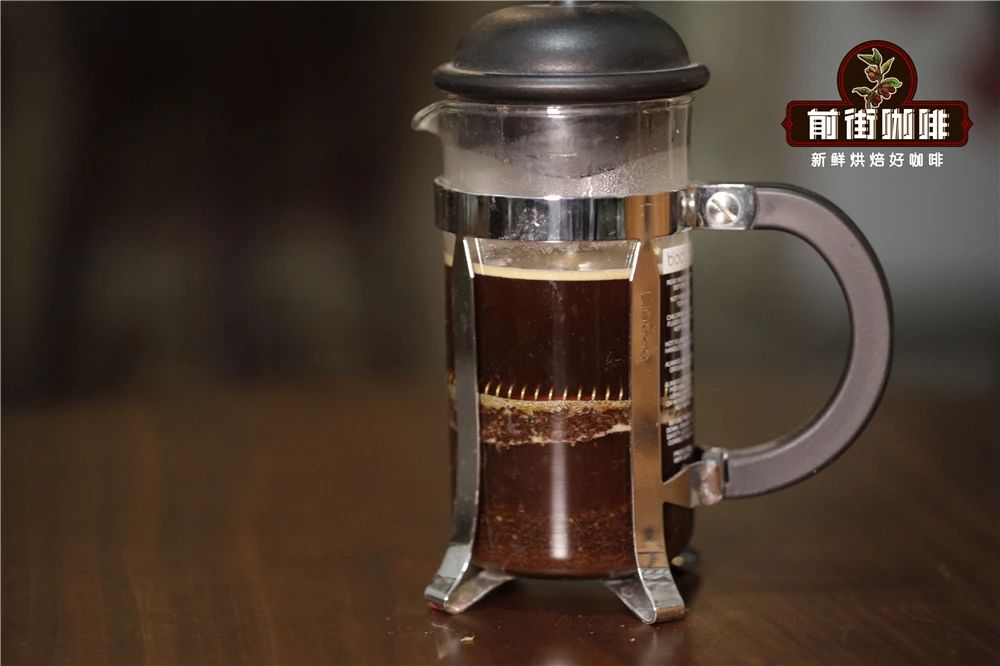
Hand-brewed coffee (70-80% pass rate of sieve 20)
Hand brewing coffee is mainly drip filter, which is different from soaking for a long time and is easy to brew bad flavor. the brewing time of hand brewing coffee is short, about 1 minute 30 seconds to 2 minutes 30 seconds. Therefore, it needs to be finer than the grinding degree measured by the cup in order to fully express the flavor of coffee. Similarly, coffee beans with different roasting degrees require different thicknesses. The medium and shallow roasted coffee is finer ground (the pass rate is 75-80%), and the medium-deep roasted coffee bean is rougher (the pass rate is 70-75%).
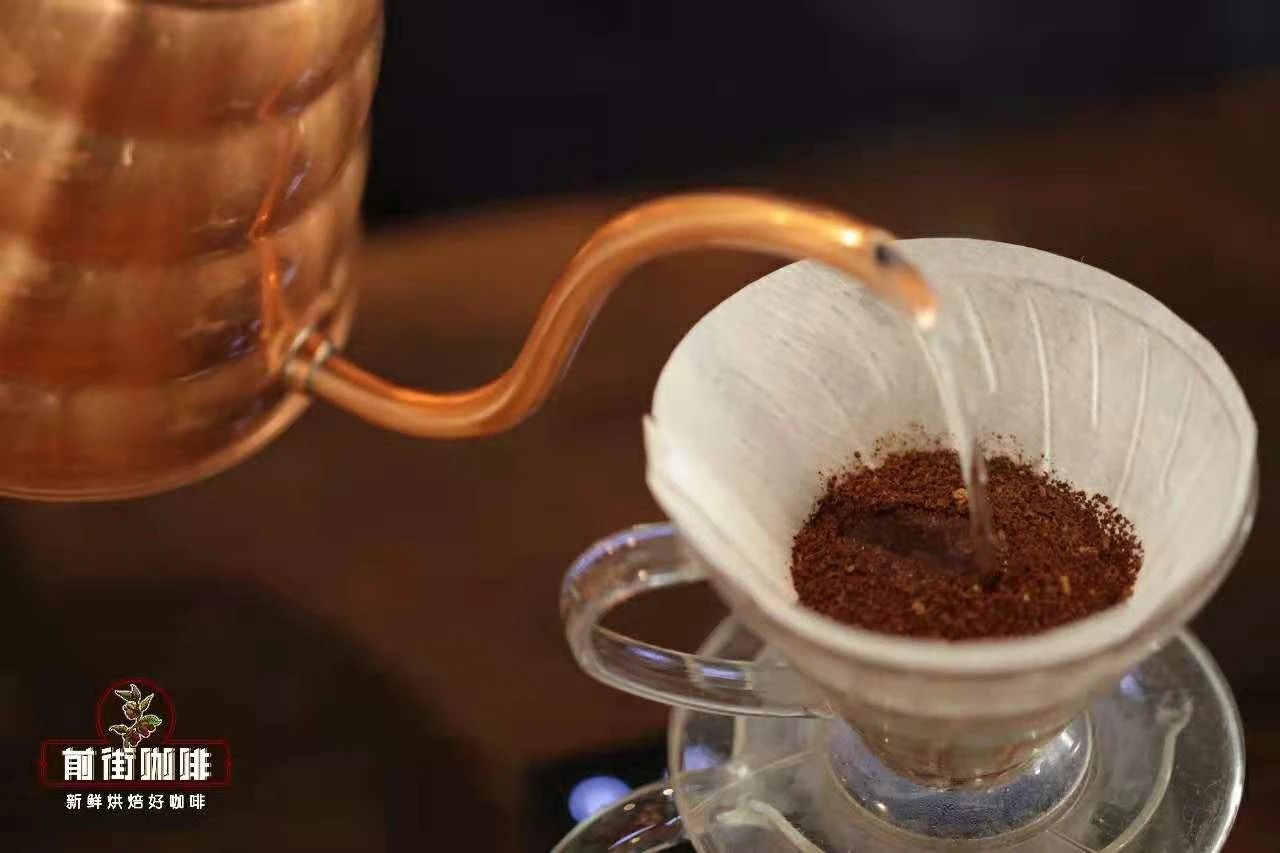
Cold extracted ice drop coffee (the pass rate of sieve 20 is 80-85%)
Because cold extraction ice droplets are extracted with cold water, the permeability is poor, and the extraction efficiency is very low. Therefore, it is necessary to grind the coffee more finely, but keep in mind that it is not as fine as possible. too fine grinding will make the cold-extracted coffee turbid and increase the difficulty of filtration; it will make the powder layer of ice-drop coffee stagnant water, can not pass smoothly. Therefore, the grinding degree of 20 screen pass rate of 80-85% is more appropriate, how to choose the strong point to choose the pass rate of 85%, want to be more refreshing to choose the pass rate of 80%.
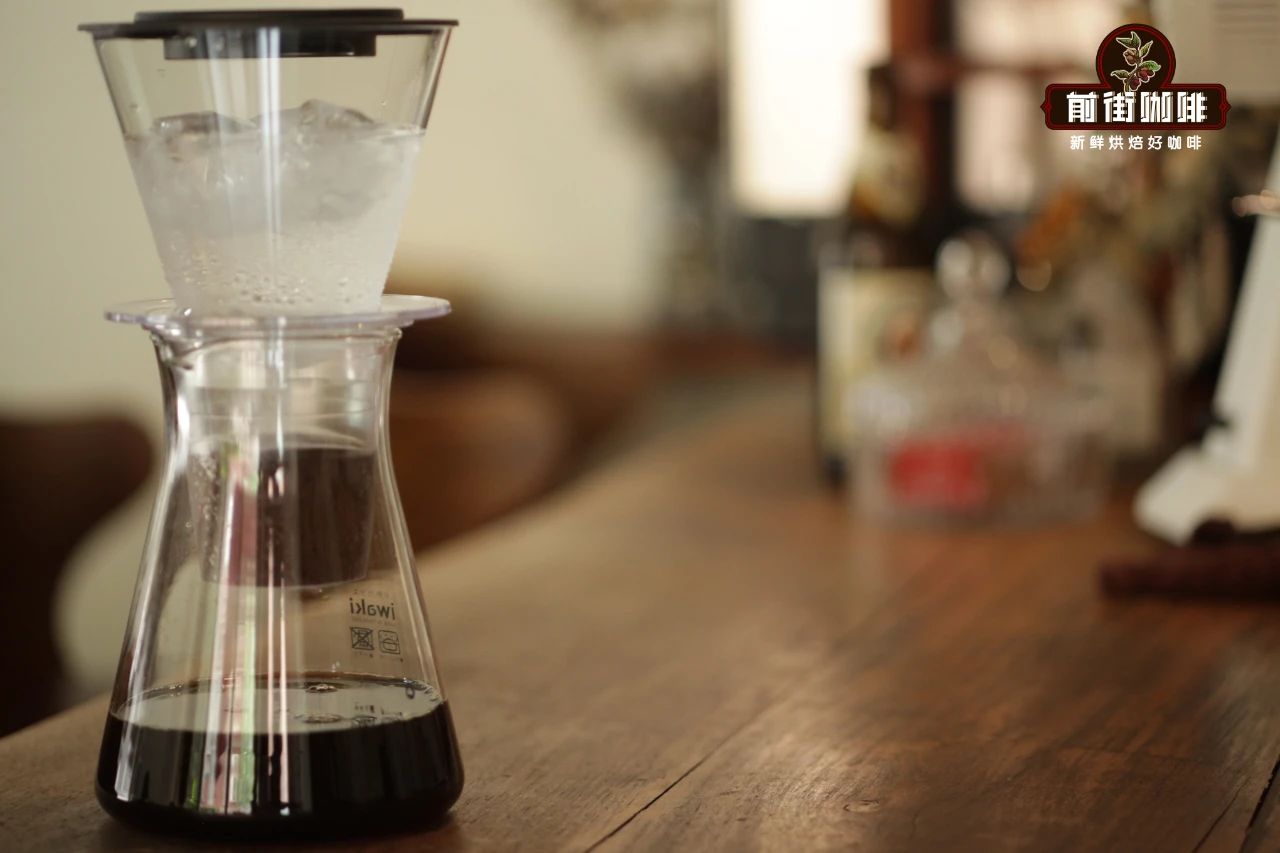
[note: because of the different density and roasting degree of coffee beans, even if the same grinder grinds two coffee beans with different densities on the same scale, the coffee particles are not necessarily the same at the same scale. For example, Qianjie uses EK-43s scale 10 to grind Yegashefi coffee beans with a pass rate of 80%, while the same scale 10 grinds Columbia Rose Valley with a pass rate of 75%. Therefore, when there is something wrong with the grinding thickness, it is best to use the same kind of beans to confirm the grinding degree. ]
Italian coffee maker
The degree of grinding used in the espresso machine is very fine, and it is not realistic to use a sieve. It is mainly determined that the degree of grinding used in Italian coffee is through the extraction test. Coffee shops debug espresso before opening every day, a large part of which is the need to adjust the degree of grinding. As the coffee machine is very sensitive to the thickness of coffee powder, there may be a difference of 0.1 grid grinding scale, the extraction time and flavor will be significantly different.
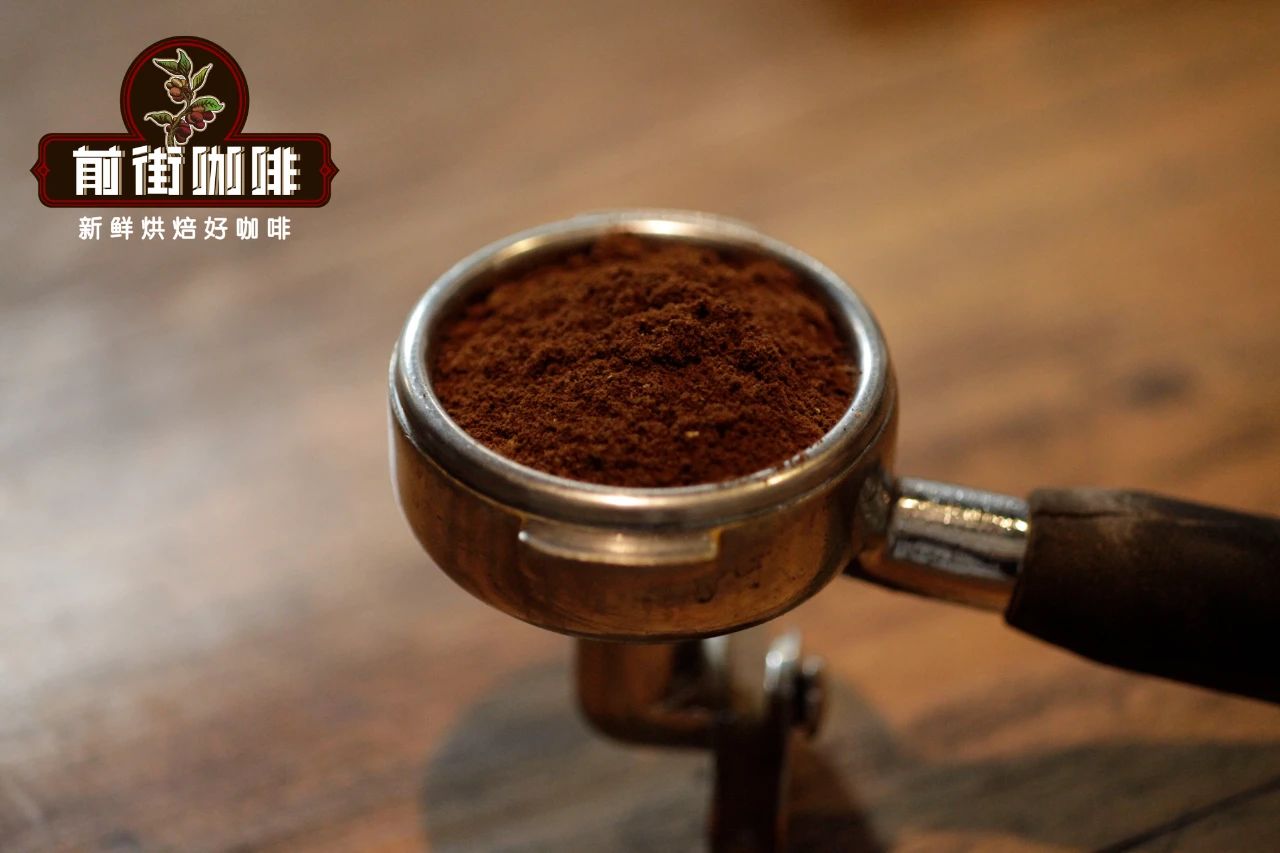
Therefore, to determine the grinding degree of the Italian coffee machine, we need a stable espresso extraction scheme. In Qianjie, for example, the Italian extraction scheme of Qianjie is that 20g coffee powder extracts 40g coffee liquid in 28 seconds (error is ±1). First, the extraction scheme is fixed, and the extraction scheme is achieved by adjusting the grinding degree. Then determine whether the parameters need to be fine-tuned by tasting the flavor.
For more boutique coffee beans, please add private Qianjie coffee on Wechat. WeChat account: kaixinguoguo0925
Important Notice :
前街咖啡 FrontStreet Coffee has moved to new addredd:
FrontStreet Coffee Address: 315,Donghua East Road,GuangZhou
Tel:020 38364473
- Prev
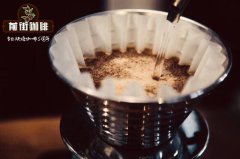
How much is the grinding degree of hand-brewed coffee adjusted to be suitable for coffee machine and hand-brewed coffee? Which is better? I pay more attention to inner beauty
Professional coffee knowledge exchange More coffee bean information Please pay attention to coffee workshop (Weixin Official Accounts cafe_style) Front Street-Hand brewed coffee grinding degree Introduction Different grinders have different adjustment dials, so you should check the coffee grinder model and read the instructions carefully to determine the direction and strength of the dial
- Next

How to choose the thickness of hand-brewed coffee? what is the best proportion of gouache in hand-brewed coffee?
Professional coffee knowledge exchange more coffee bean information please follow the coffee workshop (Wechat official account cafe_style) front street-hand coffee grindability, powder water ratio introduction hand coffee production method is very simple, basically according to the powder / water ratio at 1:15, water temperature of 90-93 degrees is better, first wash filter paper, and then cloth powder, finally brew, drip filtration, out of the cup, the total time to control in 2.5min. It's not here.
Related
- Beginners will see the "Coffee pull flower" guide!
- What is the difference between ice blog purified milk and ordinary milk coffee?
- Why is the Philippines the largest producer of crops in Liberia?
- For coffee extraction, should the fine powder be retained?
- How does extracted espresso fill pressed powder? How much strength does it take to press the powder?
- How to make jasmine cold extract coffee? Is the jasmine + latte good?
- Will this little toy really make the coffee taste better? How does Lily Drip affect coffee extraction?
- Will the action of slapping the filter cup also affect coffee extraction?
- What's the difference between powder-to-water ratio and powder-to-liquid ratio?
- What is the Ethiopian local species? What does it have to do with Heirloom native species?

